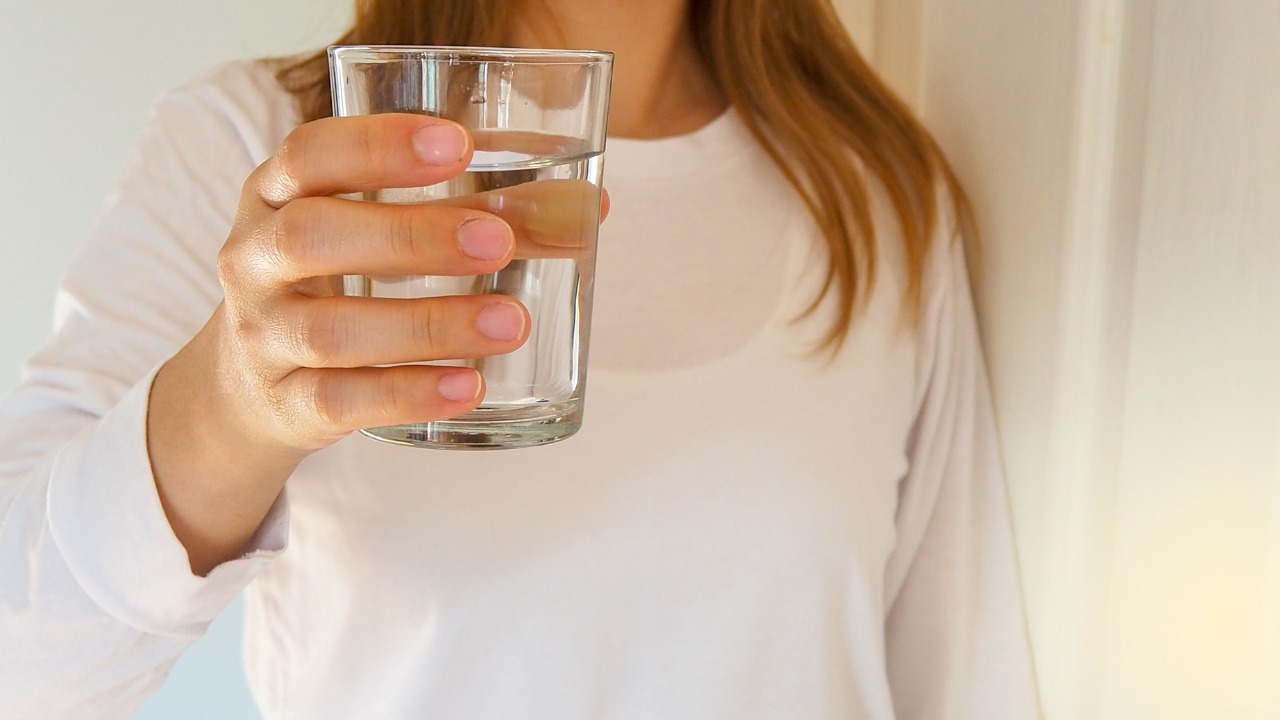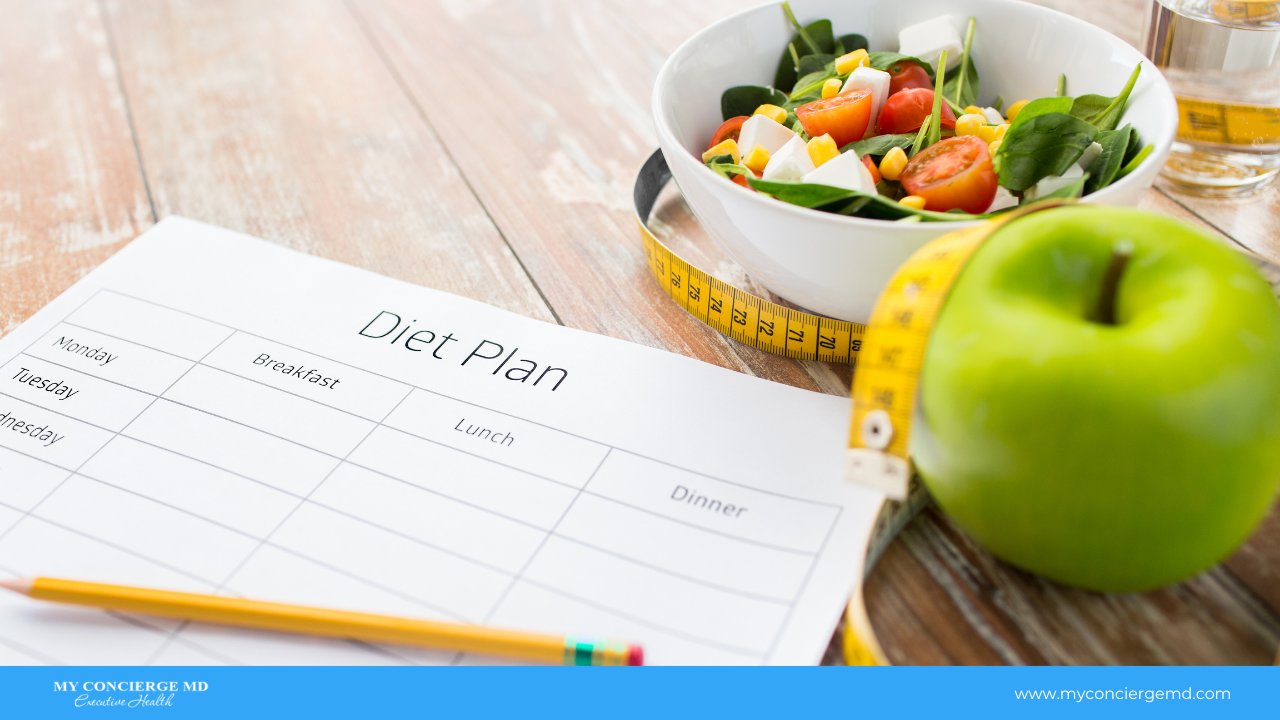Ready to kick your weight loss journey into high gear with Ozempic? You’re in the right spot!
Welcome to our guide, “The Ozempic Diet Plan: Optimizing Your Meals for Maximum Weight Loss.” Here, we’re all about ditching the diet dread and embracing a way of eating that’s as delicious as it is effective.
Think less about cutting out all the fun stuff and more about loading up on foods that love you back, making Ozempic’s job a breeze. From breakfasts that buzz your metabolism to dinners that leave you satisfied but not stuffed, we’ve got the lowdown on eating well with Ozempic.
So, stick around if you’re ready to make every meal a step towards your weight goals. Let’s make this journey tasty and triumphant together!
Understanding Ozempic and Its Weight Loss Mechanism
Ozempic, a medication initially approved for managing type 2 diabetes, has gained significant attention for its weight loss benefits.
Its active ingredient, semaglutide, mimics the action of an incretin hormone called GLP-1 (glucagon-like peptide-1), which is naturally produced in the body after eating. This hormone regulates blood sugar levels and appetite, making it a key player in weight management strategies.
How Ozempic Promotes Weight Loss
Ozempic’s mechanism for promoting weight loss is multifaceted. Firstly, by activating GLP-1 receptors, Ozempic enhances insulin release while simultaneously reducing glucagon secretion, a hormone that raises blood sugar levels.
This action helps maintain stable blood sugar levels, crucial for reducing cravings and minimizing sudden hunger spikes.
Secondly, Ozempic slows gastric emptying, the process by which food exits the stomach and enters the small intestine. This slower digestion rate means you feel full longer after eating, significantly reducing overall calorie intake.
Additionally, Ozempic directly affects the brain’s appetite regulation centers, leading to a decreased appetite and an increased feeling of satiety.
The Significance of Pairing Ozempic with the Right Diet
While Ozempic can effectively reduce appetite and influence eating behavior, the significance of pairing it with the proper diet cannot be overstated.
A diet focusing on nutrient-dense, low-glycemic index (GI) foods complements Ozempic’s actions by providing sustained energy and further stabilizing blood sugar levels, enhancing the medication’s weight loss effects.
Nutrient-dense foods, packed with vitamins, minerals, and fiber, support overall health and can help prevent the nutrient deficiencies that sometimes accompany weight loss. Low-GI foods, such as whole grains, legumes, and most fruits and vegetables, cause a slower, more gradual rise in blood glucose and insulin levels.
This is particularly beneficial for individuals on Ozempic, as it aligns with the medication’s blood sugar-stabilizing effects, helping to manage hunger and reduce the likelihood of overeating.
Moreover, the proper diet can amplify the weight loss achieved with Ozempic by ensuring that the calories consumed are highly nutritional and contribute to a feeling of fullness. This approach not only supports weight loss but also aids in maintaining muscle mass and overall metabolic health during the weight loss process.
The Foundation of the Ozempic Diet Plan
Embarking on a weight loss journey with Ozempic requires more than just medication; it necessitates a strategic approach to eating that maximizes the drug’s benefits while ensuring the body remains nourished and satisfied.
At the heart of this strategy lies the concept of nutrient-dense, low-glycemic index (GI) foods, which form the cornerstone of the Ozempic diet plan.
Nutrient-Dense, Low-GI Foods: The Core of the Ozempic Diet
Nutrient-dense foods pack a high amount of vitamins, minerals, fiber, and other beneficial nutrients into each calorie. These foods support overall health and play a crucial role in weight management by providing satiety, stabilizing blood sugar levels, and minimizing cravings.
Low-GI foods, on the other hand, cause a slow and steady rise in blood sugar and insulin levels. This is particularly important for individuals on Ozempic, as the medication is designed to regulate blood sugar.
Integrating low-GI foods into the diet ensures that the medication’s effects are complemented, preventing blood sugar spikes that can lead to increased hunger and subsequent overeating.
Critical Components of the Ozempic Diet Plan
The Ozempic diet plan comprises three primary components: protein sources, healthy fats, and low-GI carbohydrates. Each plays a unique role in supporting weight loss, managing hunger, and maintaining muscle mass.
- Protein Sources: High-quality protein is essential for satiety and helps preserve muscle mass during weight loss. Protein sources such as lean meats (chicken, turkey, and lean cuts of beef), fish (especially fatty fish like salmon and mackerel), legumes (beans, lentils, chickpeas), and dairy products (Greek yogurt, cottage cheese) are excellent choices. These proteins provide the body with essential amino acids and can help reduce appetite, making it easier to stick to a calorie-controlled diet.
- Healthy Fats: Contrary to popular belief, not all fats harm weight loss. Healthy fats in foods like avocados, nuts, seeds, and olive oil are vital for maintaining good health. They help absorb fat-soluble vitamins, provide energy, and keep you feeling full longer. Incorporating moderate amounts of these fats into your diet can enhance meals’ flavor while supporting your weight loss goals.
- Low-GI Carbohydrates: Carbohydrates are not the enemy, but choosing the right kind is crucial. Low-GI carbohydrates, such as whole grains (quinoa, barley, and oats), most fruits, non-starchy vegetables, and sweet potatoes, provide the body with a steady energy source without causing drastic spikes in blood sugar levels. These carbohydrates are also rich in fiber, which aids in digestion, improves satiety, and supports overall metabolic health.
Incorporating the Ozempic Diet into Daily Life
Adopting the Ozempic diet plan doesn’t mean overhauling your entire way of eating overnight.
Instead, it’s about making mindful choices that align with these principles, gradually incorporating more nutrient-dense, low-GI foods into your meals while paying attention to portion sizes.
By focusing on these critical components, individuals on Ozempic can optimize their weight loss efforts, ensuring they lose weight and maintain a balanced and healthy diet.
Structuring Your Meals for Success
Creating a meal structure that complements the weight loss effects of Ozempic is essential for maximizing the medication’s benefits while ensuring your body receives the nutrients it needs.
A well-planned approach to meals can help manage hunger, stabilize blood sugar levels, and support sustainable weight loss. Here’s how to structure your daily meals for success:
Breakfast Ideas
Starting your day with a high-protein, low-GI breakfast can set a positive tone for your eating habits, providing sustained energy and keeping hunger at bay.
- Greek Yogurt Parfait: Layer Greek yogurt with a handful of berries (such as blueberries or strawberries) and a sprinkle of chia seeds or flaxseeds for added fiber and omega-3 fatty acids.
- Omelet with Vegetables: Whip an omelet using egg whites or whole eggs and fill it with spinach, mushrooms, and bell peppers. Serve with a side of avocado for healthy fats.
- Protein Smoothie: Blend a scoop of protein powder with unsweetened almond milk, a handful of spinach, half a frozen banana, and a tablespoon of almond butter for a quick, nutritious start.
Lunch Suggestions
Midday meals should be balanced and nutrient-rich, providing a mix of protein, healthy fats, and low-GI carbohydrates to maintain energy levels throughout the afternoon.
- Quinoa Salad: Toss cooked quinoa with mixed greens, cherry tomatoes, cucumber, feta cheese, and grilled chicken. Dress with olive oil and lemon juice.
- Turkey and Avocado Wrap: Use a whole-grain wrap to enclose slices of turkey breast, avocado, lettuce, and tomato. Pair with a side of carrot sticks for extra crunch and fiber.
- Lentil Soup: A bowl of hearty lentil soup with a side salad makes for a filling, fiber-rich lunch option. Add a variety of vegetables to the soup for more nutrients.
Dinner Options
Evening meals should be light yet satisfying, focusing on lean proteins and vegetables to avoid heavy, late-night digestion.
- Grilled Salmon with Asparagus: Grill a salmon fillet and serve with steamed asparagus and a quinoa pilaf. Salmon provides omega-3 fatty acids, while asparagus and quinoa offer fiber.
- Chicken Stir-Fry: Sauté chicken breast strips with broccoli, bell pepper, and snap peas. Use a low-sodium soy sauce and serve over a small portion of brown rice.
- Zucchini Noodles with Pesto: Spiralize zucchini for a low-carb noodle alternative and toss with homemade pesto and cherry tomatoes. Add grilled shrimp for protein.
Snack Ideas
Snacks should complement the weight loss effects of Ozempic by being low in calories but high in satisfaction.
- Apple Slices with Almond Butter: A small apple with a tablespoon of almond butter provides a perfect blend of fiber and healthy fats.
- Cottage Cheese and Pineapple: A serving of low-fat cottage cheese with a few pineapple chunks offers protein and a sweet, satisfying taste.
- Mixed Nuts: A small handful of mixed nuts can help relieve hunger between meals without spiking your blood sugar.
Hydration and Its Role in the Ozempic Diet

Proper hydration can enhance the effectiveness of Ozempic, helping to manage appetite, improve metabolic function, and facilitate the body’s natural weight loss processes.
The Importance of Staying Hydrated
Water is essential for nearly every bodily function, including digestion, nutrient absorption, and the elimination of waste products. When adequately hydrated, the body can perform these functions more efficiently, contributing to improved health and weight management.
Moreover, staying hydrated can help control appetite; sometimes, the body can mistake thirst for hunger, leading to increased calorie consumption. Drinking sufficient water ensures you only eat when hungry, preventing unnecessary snacking.
How Proper Hydration Supports Weight Loss
Hydration can boost metabolic rate, which is how fast your body burns calories. Drinking water increases the calories you burn, known as resting energy expenditure. In adults, resting energy expenditure has increased by 24-30% within 10 minutes of drinking water, lasting at least 60 minutes.
Additionally, consuming water before meals can reduce calorie intake, as it promotes a feeling of fullness, making you less likely to overeat.
Incorporating More Fluids into the Diet
While water is the best source of hydration, there are several ways to ensure you get enough fluids throughout the day, especially for those who might find drinking water monotonous.
- Start Your Day with Water: Begin each morning with a glass of water to kickstart hydration and stimulate your digestive system.
- Infuse Your Water: Add slices of fruits like lemon, lime, cucumber, or berries to your water. This not only enhances the flavor but also adds a nutritional boost.
- Embrace Herbal Teas: Unsweetened herbal teas count towards your fluid intake and can offer a comforting, calorie-free alternative to water. Options like green tea, peppermint, or chamomile can also support digestion and relaxation.
- Eat Water-Rich Foods: Incorporate fruits and vegetables with high water content into your meals and snacks. Watermelon, cucumber, strawberries, and bell peppers are delicious, hydrating choices.
- Set Hydration Reminders: Use a phone app or set regular reminders to take sips of water throughout the day, ensuring consistent hydration.
- Carry a Water Bottle: Having a water bottle on hand at all times makes it easier to drink water throughout the day, whether you’re at home, at work, or on the go.
Monitoring Your Hydration Status
Paying attention to your body’s signals is crucial in maintaining proper hydration. Signs of dehydration include thirst, dark-colored urine, dry mouth, tiredness, and dizziness.
By monitoring these indicators and consuming fluids regularly, you can ensure you’re adequately hydrated, supporting your weight loss journey with Ozempic.

